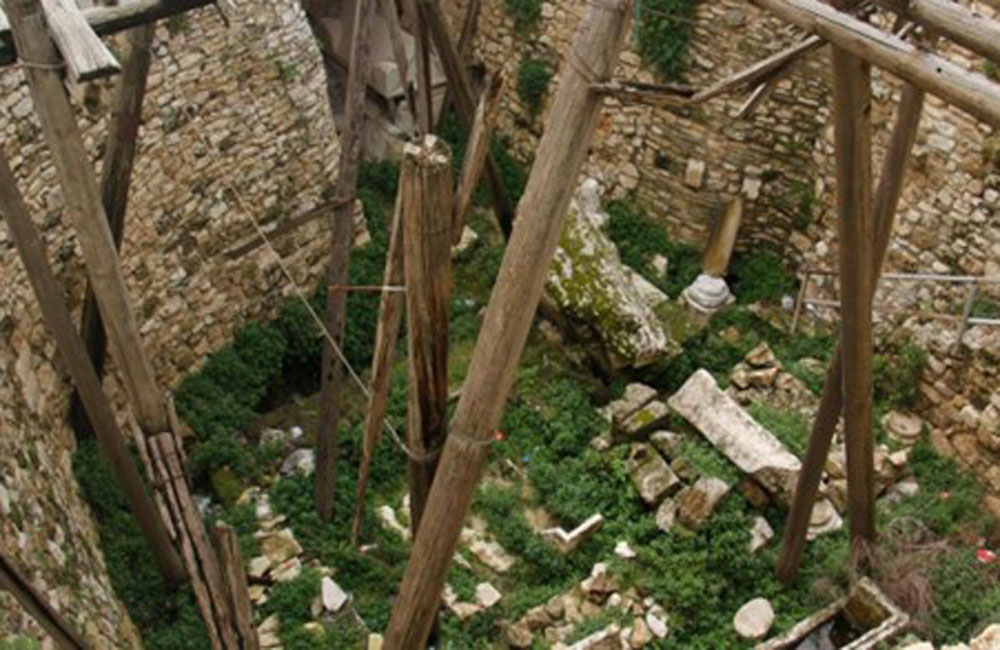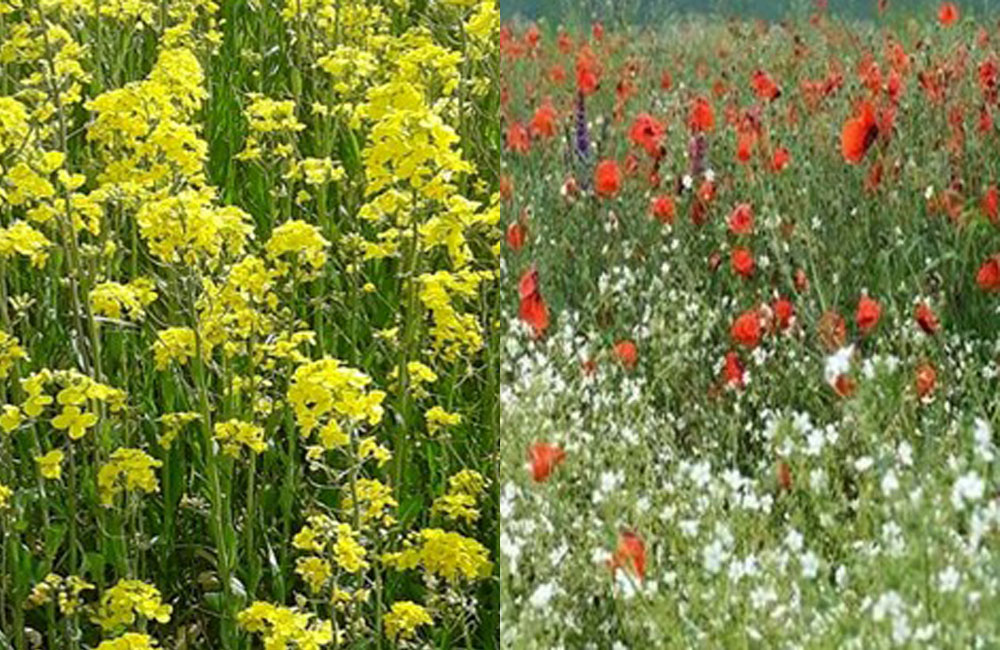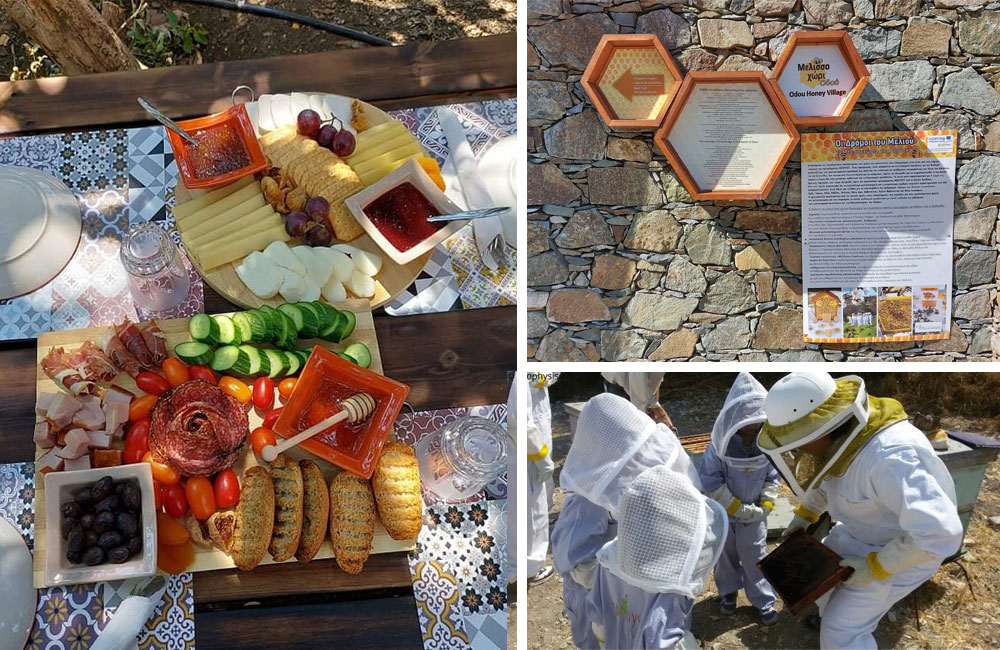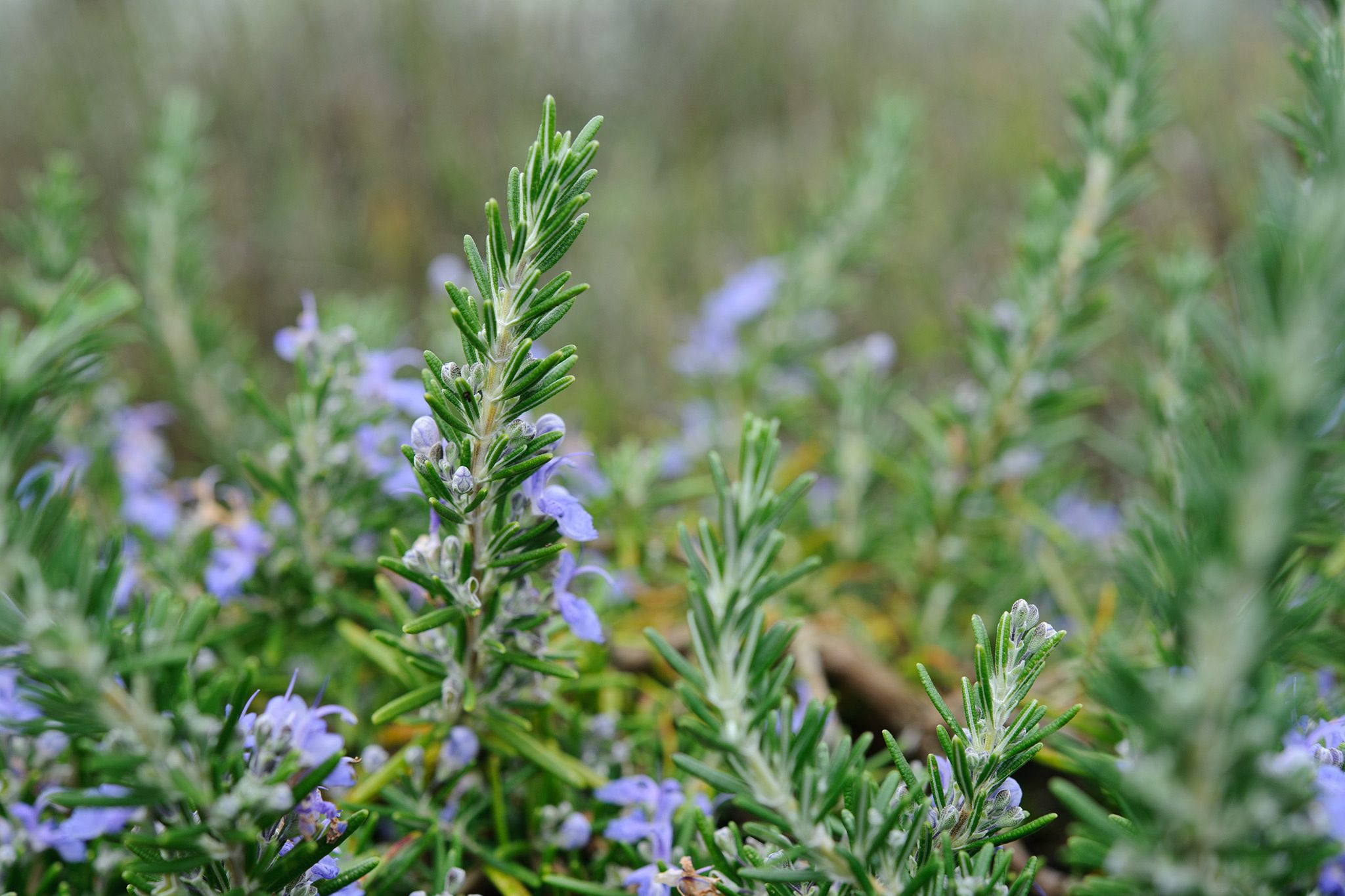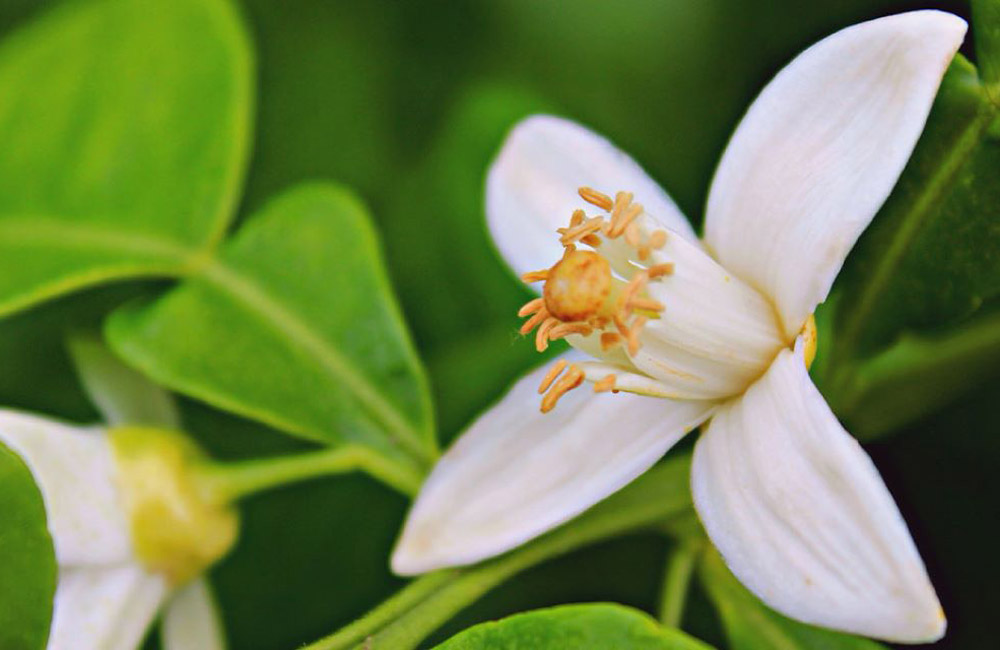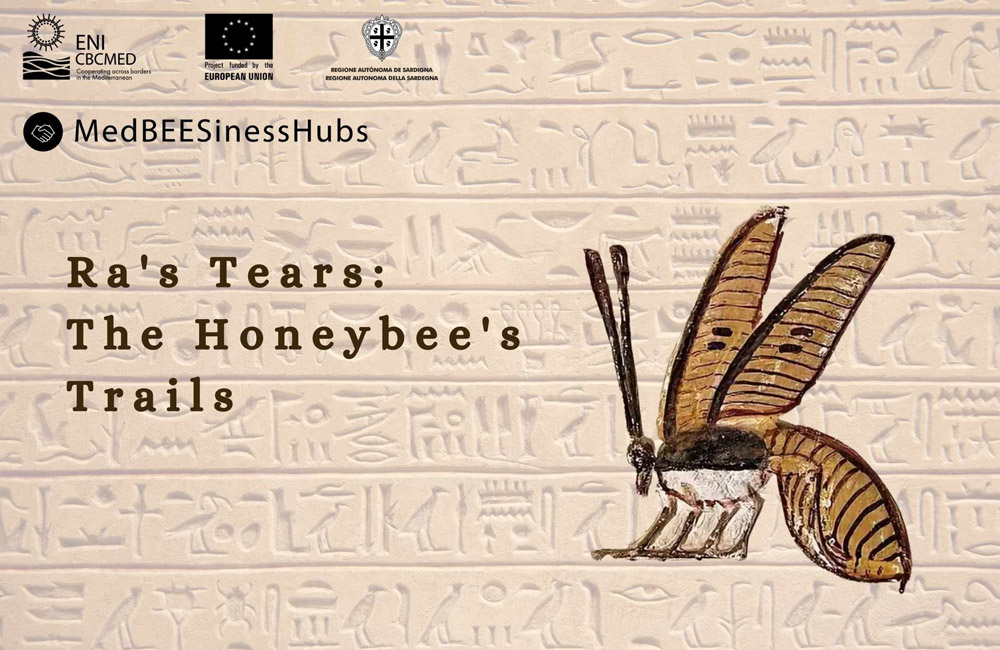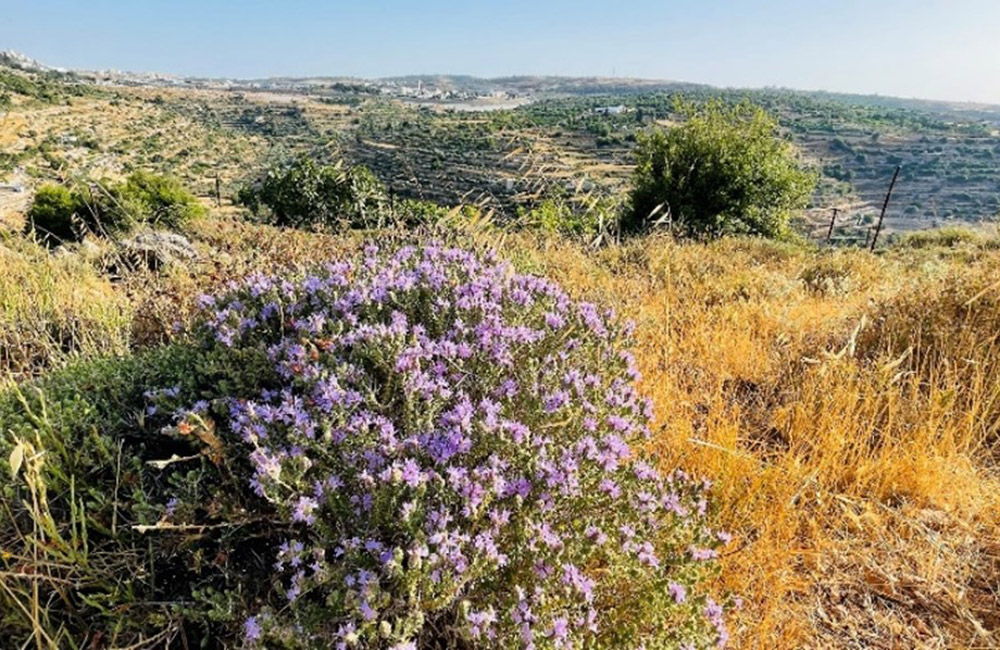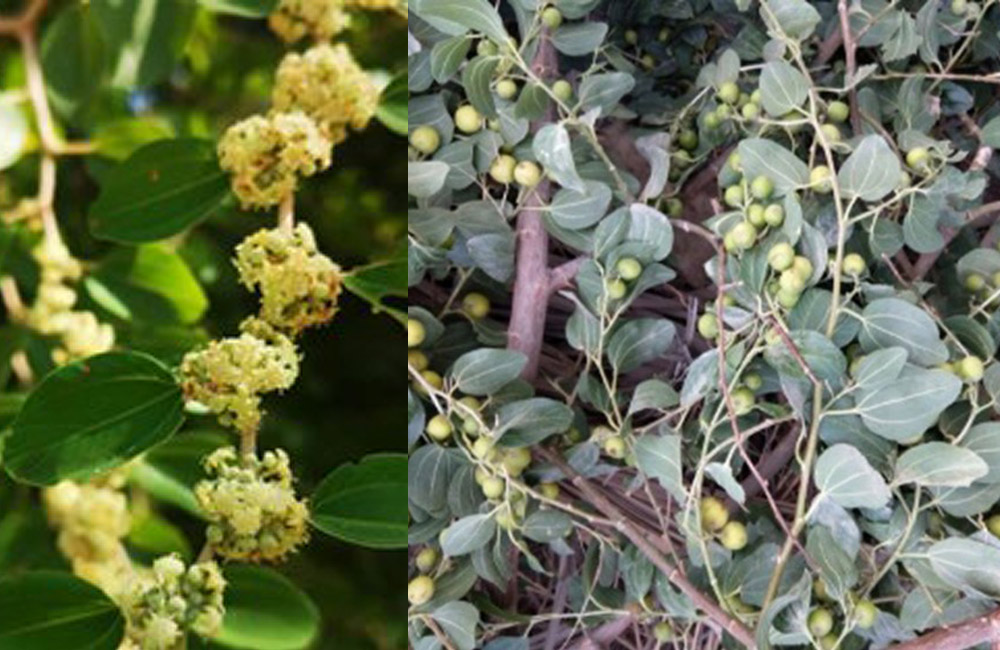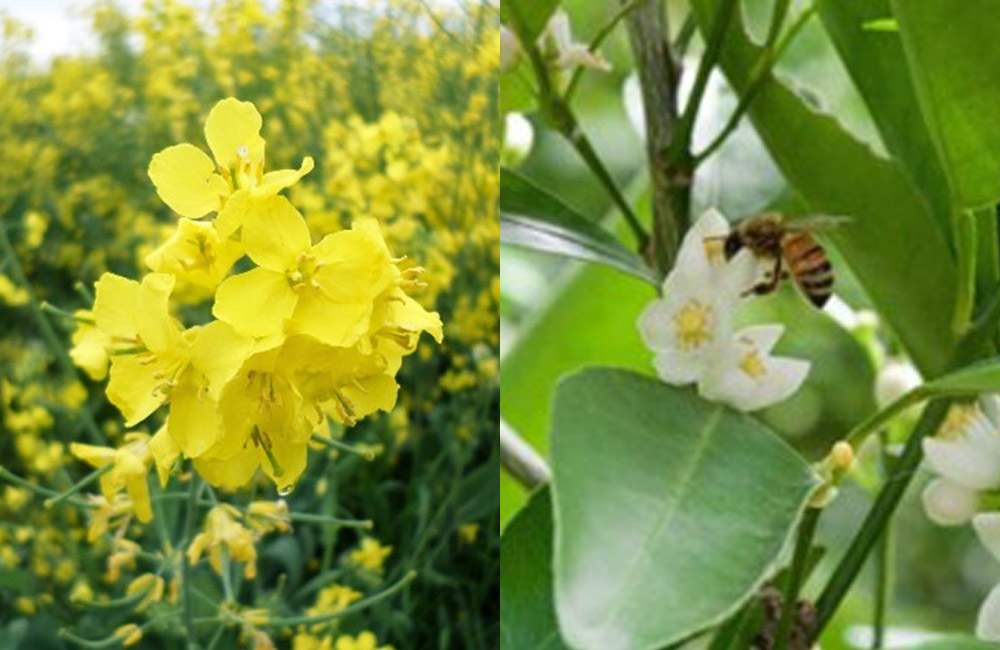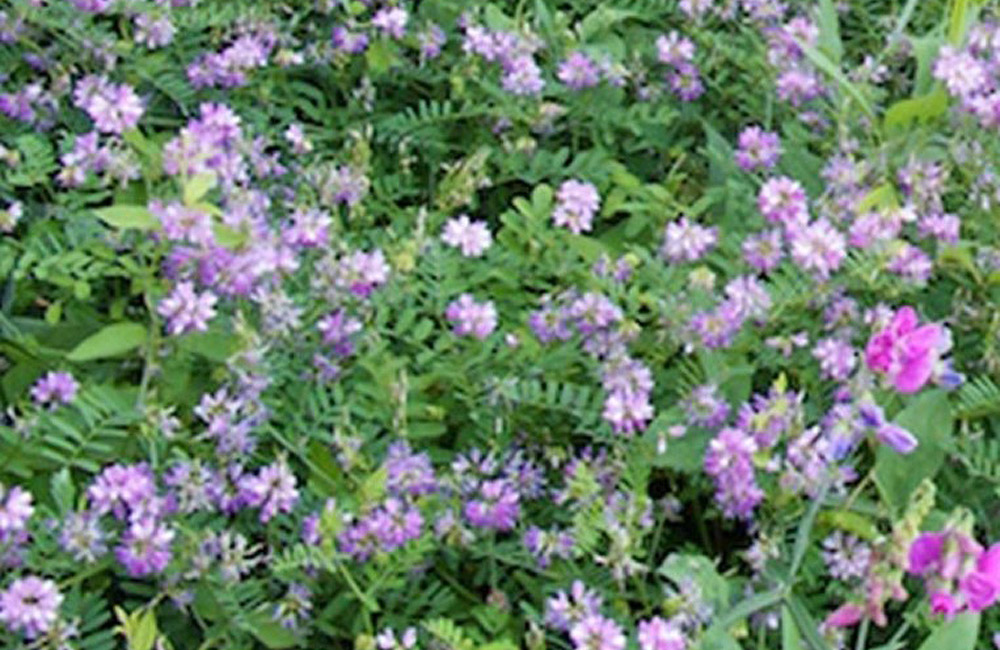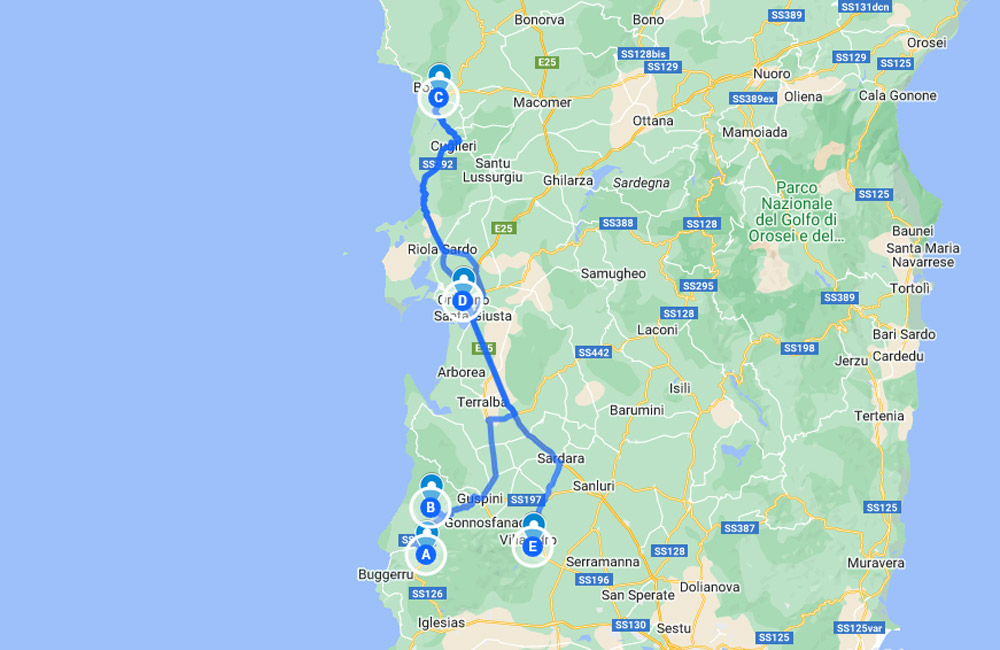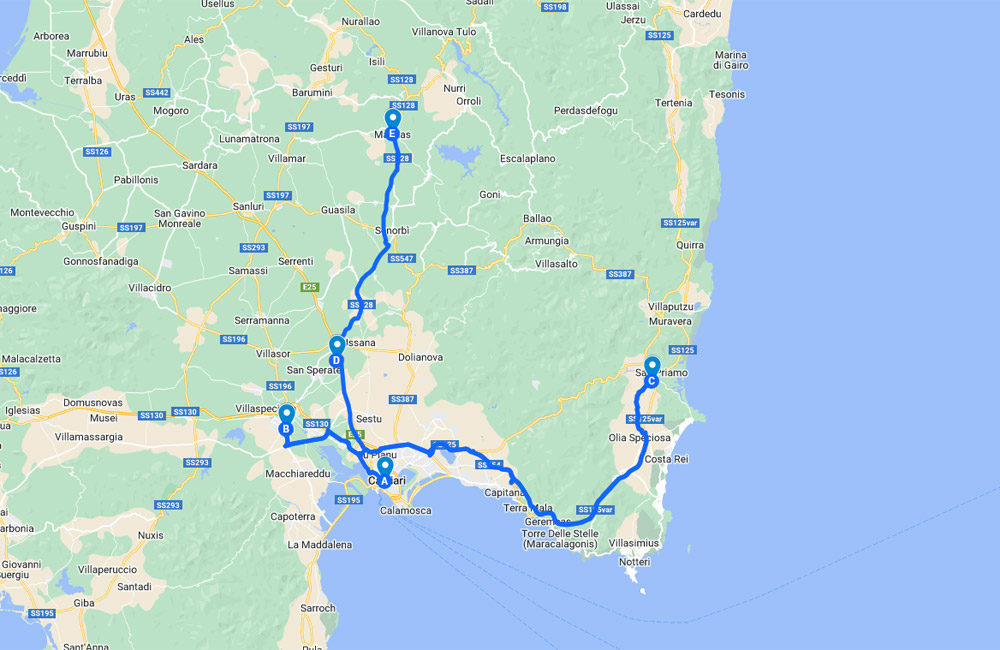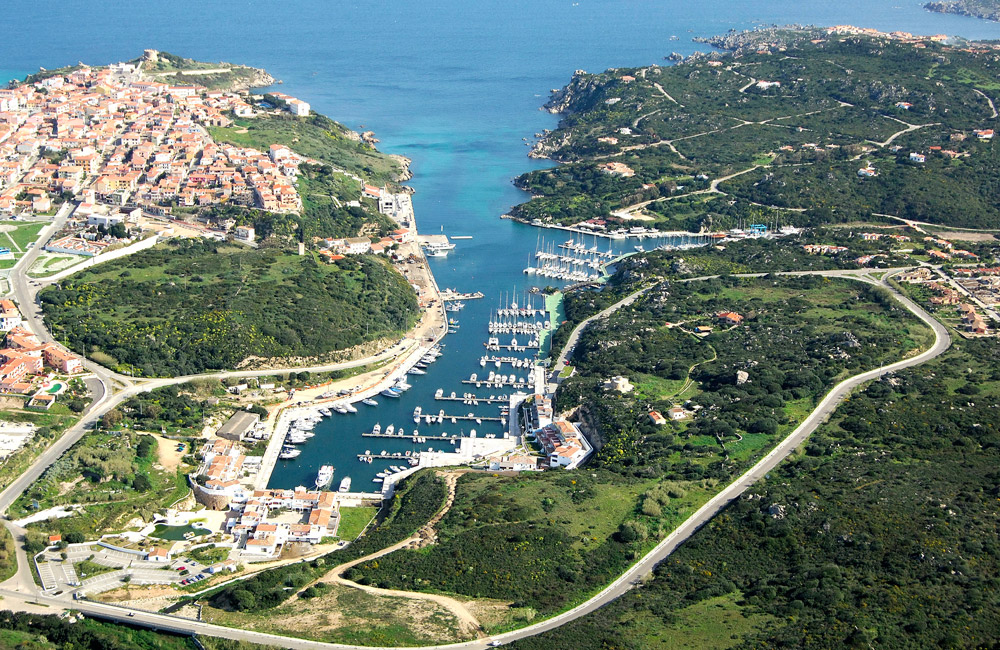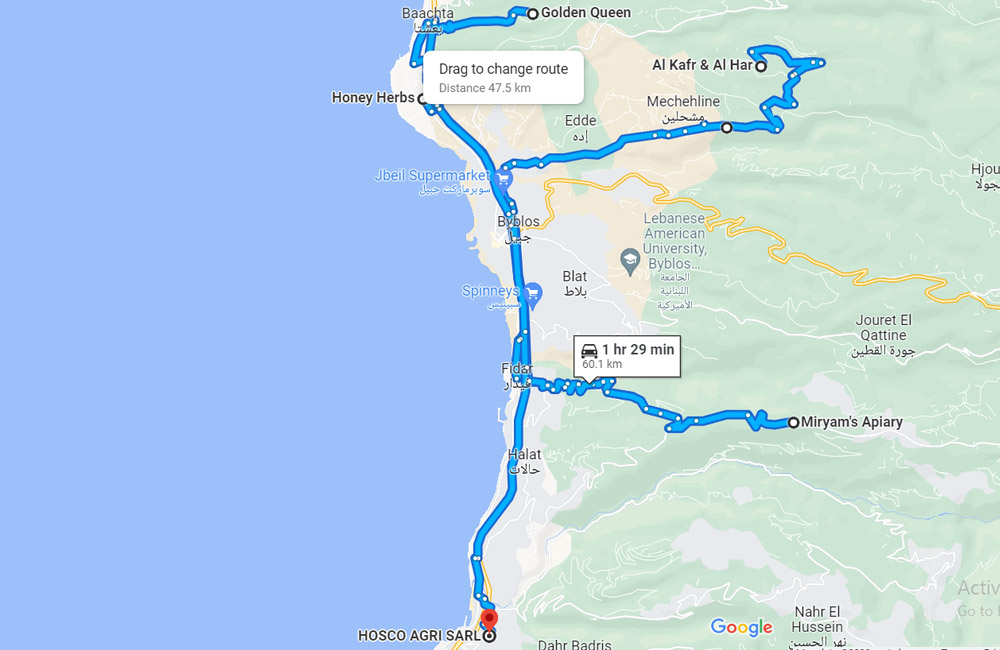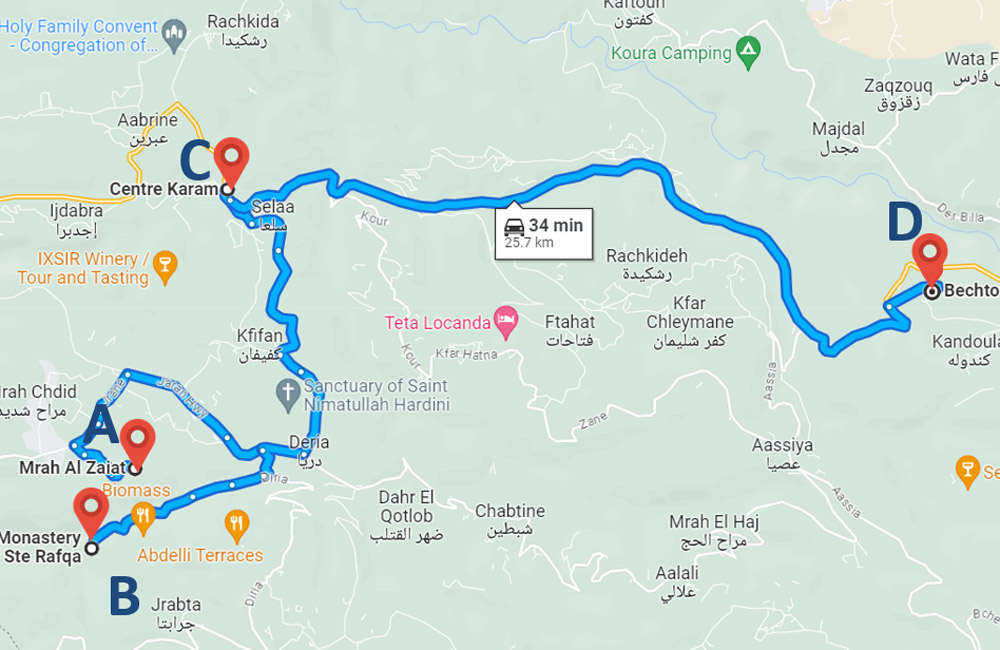Description of the path and nearby villages
The length of the path is only 4 and a half km. It is an easy family path, but it is full of many historical monuments, landscapes, and a wide variety of perennial plants, shrubs, and olive trees, some of which are more than 1,500 years old.
The town of Sebastia is located in the northwest of the city of Nablus, Jabal al-Nar, 15 km away from it, specifically on the road linking Nablus and Jenin al-Qassam.
Its history dates back to the Bronze Age, when it was inhabited by primitive peoples who are believed to be Canaanite tribes. In the early ninth century BC, King Omari (one of the kings of Israel) built a city he called (Shamer) on the site of the city. And from it came the name Samaria, and the city witnessed periods of prosperity and periods of weakness until the Assyrians invaded it in 805 BC and despised it again in 721 BC, and the Kingdom of Samaria ended, and the reign of Alexander the Great came from 331-107 BC, and the city turned into a Greek city, until it was destroyed in 107 BC. 107 BC as a result of a revolution against the Greeks, and in the year 63 AD the Romans rebuilt it and from that day it was called Sebastia.
The path starts from the ancient town of Sebastia (the village, the ancient archaeological area, and the Roman amphitheater), which will take about two hours. After completing the circular path of the archaeological area, we head to the valley in a northerly direction to reach the village of Al-Masoudia in the western direction, where the village of Al-Masoudia is one of the ancient villages in the region, which It was a station for the Ottoman train that used to connect the city of Jerusalem to the city of Jaffa, and the Al-Masudiyya train station, the ruins of which remain to this day, was a beautiful park area frequented by many families for a picnic and to enjoy the beautiful natural scenery in the region.
This family path is considered one of the most beautiful and important paths in Palestine, as it allows hikers to discover Roman, Byzantine and Islamic antiquities in the town of Sebastia, which is a rare village full of beautiful stories and anecdotes, as well as discovering the beautiful nature in the region and discovering honey flowers, the most important of which is the Rabat plant, which grows in the month of May - June Rabat flower honey is produced, which has many benefits and a distinctive taste.
Local plants and ecosystems
The town of Sebastia rises at an altitude of approximately 450 meters above sea level, and the village of Al-Masoudia is located at an altitude of approximately 280 meters. Its climate is moderately humid and warm in winter, with a temperature between 5 and 15 degrees Celsius, and between 27 and 34 degrees in the summer. It has a very suitable climate for bees, and its climate and the abundance of water from its springs contribute to the development of vegetation in the region during the seasons of the year.
The region of Wadi Sebastia and Al-Masoudia is surrounded by mountains that are covered with a large number of types of fruit trees, the most important of which are apricot, almond, olive, plum and grape trees, in addition to a large number of flowering wild herbs, including medicinal herbs and other spring or summer roses, which helps to provide different flowers during the seasons and in quantities that allow The bees collect quantities of honey and food on them for continuity.
Among the most important forest trees in the region, whose flowers serve as food for bees, are carob, acacia, and eucalyptus trees. Among the most important plants present are rabat, sage , thistles, including artichoke, Centaurea , capers, mustard, sorrel, Anchusa azurea... and others.
Important sites to visit at the beginning, during or at the end of the path.
- Old City – Sebastia
- The Prophet Yahya Mosque - and the place of the prison, which is an underground cave that we enter through a narrow staircase.
- The Archaeological Church of the Virgin.
- The old houses of the village.
- Cemetery of the Roman Kings.
- Mosaic Center.
- Al Kayed Palace (currently a guest house)
- Meeting beekeepers in Sebastia, tasting honey and buying bee products from them. To contact the beekeeper, the head of the village council (Mr. Muhammad Abu Amir) 0562600312
- Visit Al-Masoudia train station and enjoy the area (last stage).
Itinerary of the route and explanations of some sections of the route
Illustration of the length of the route from the starting station to the end station.
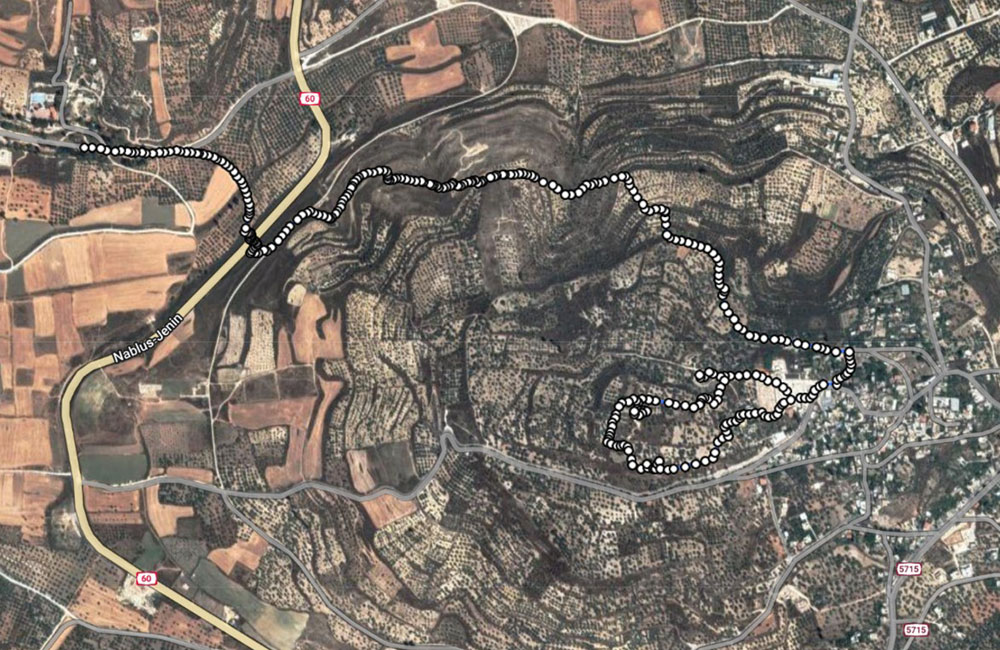
Start station from the old town of Sebastia and visit the archaeological area.
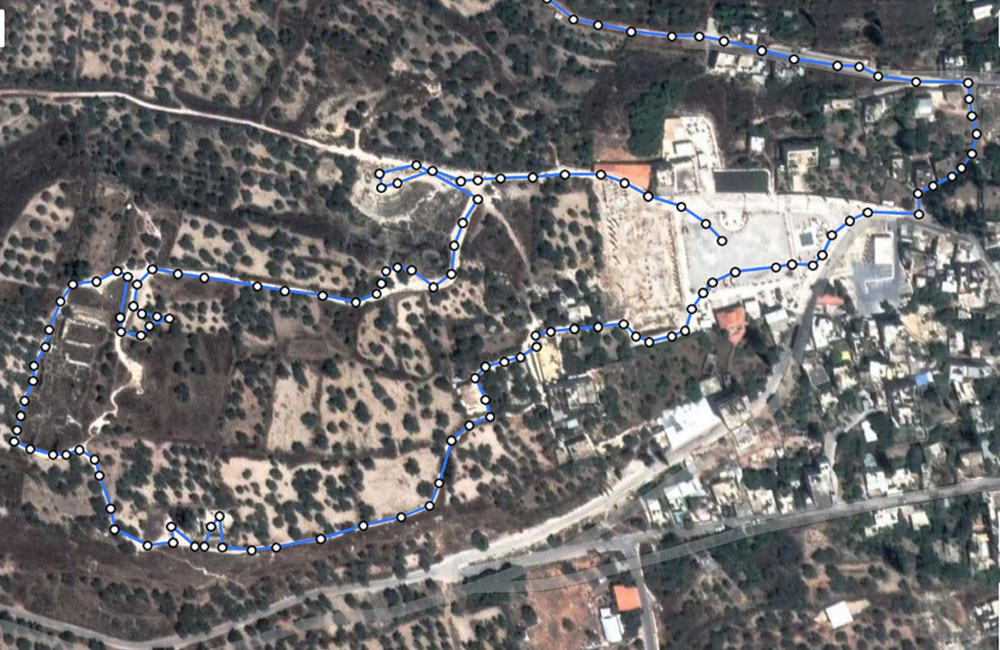
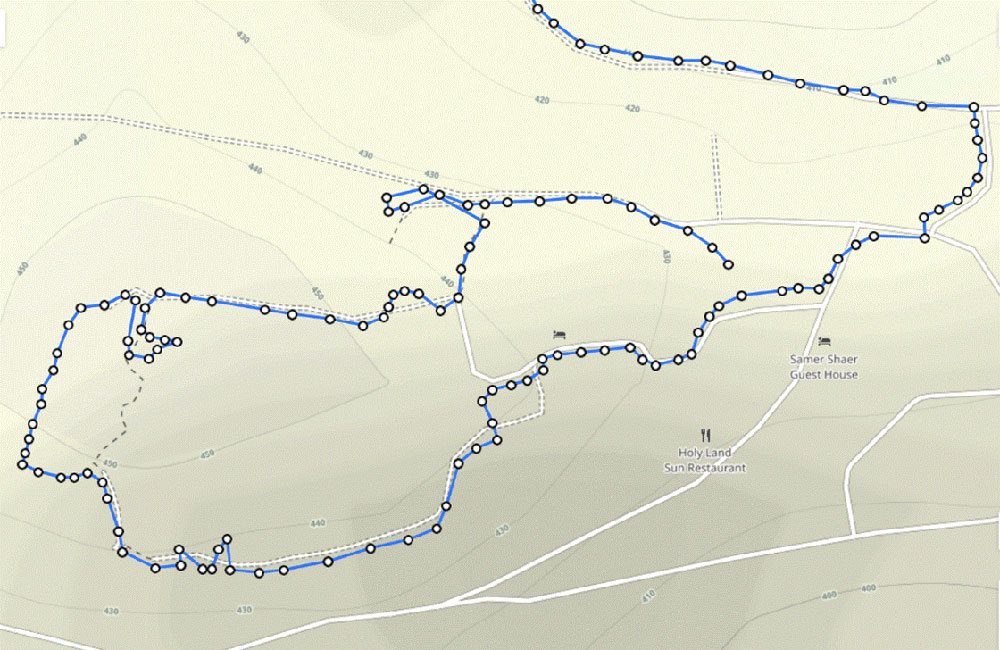
Walking section of the plain area
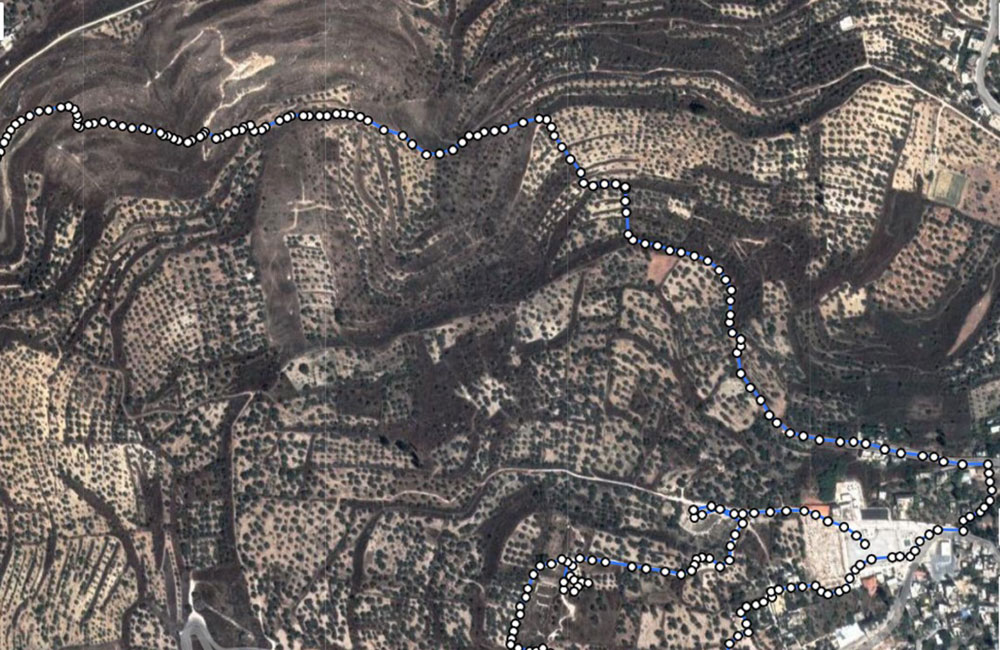
The end of the route's itinerary at the old Masoudia train station.
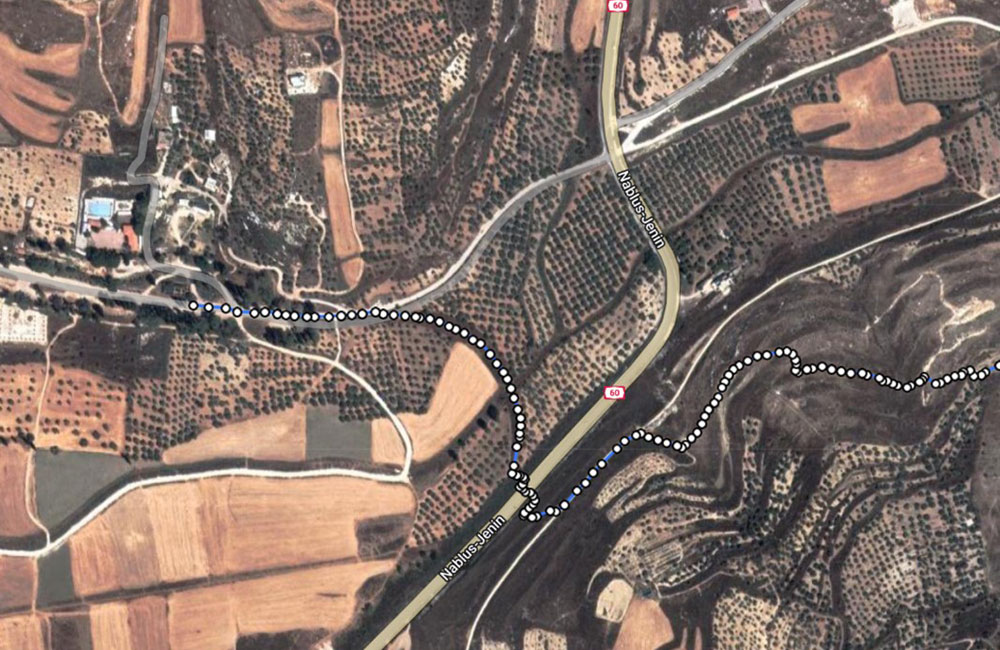
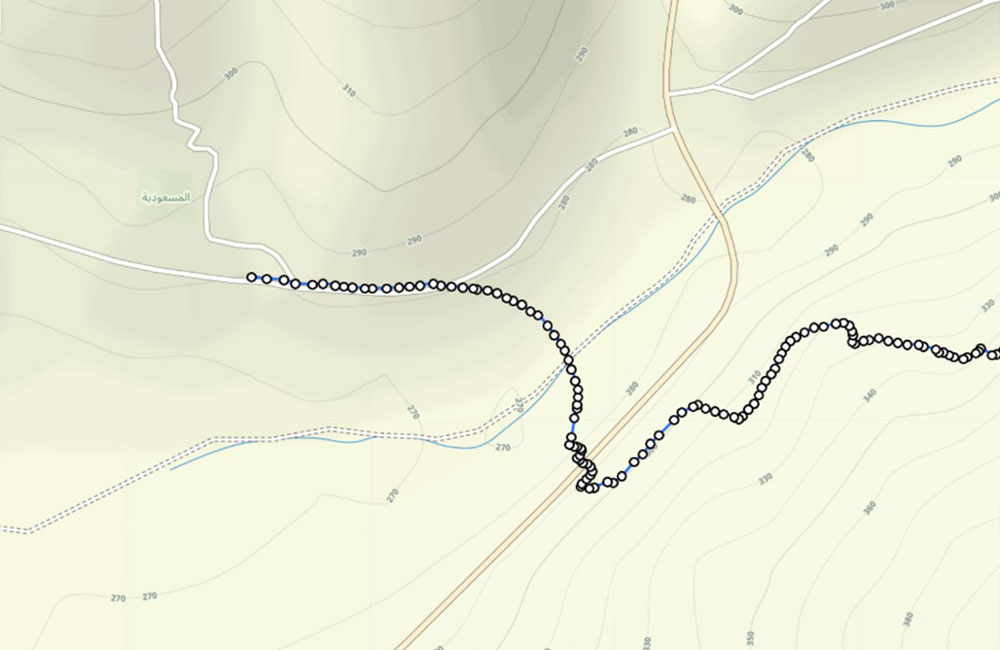
General photos:
General view of the village of Sebastia the Roman amphitheater
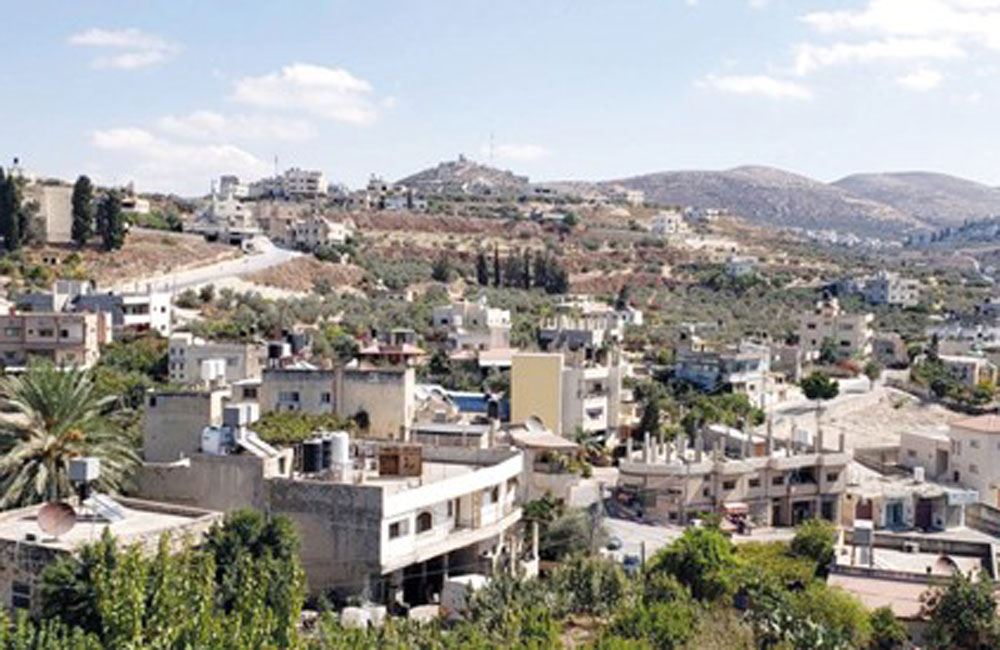
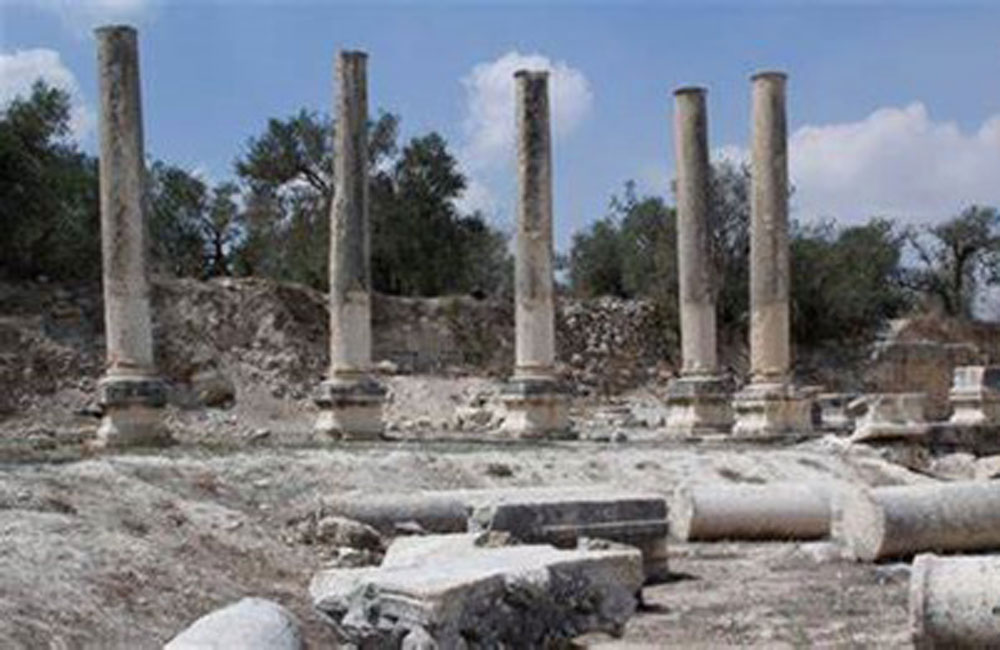
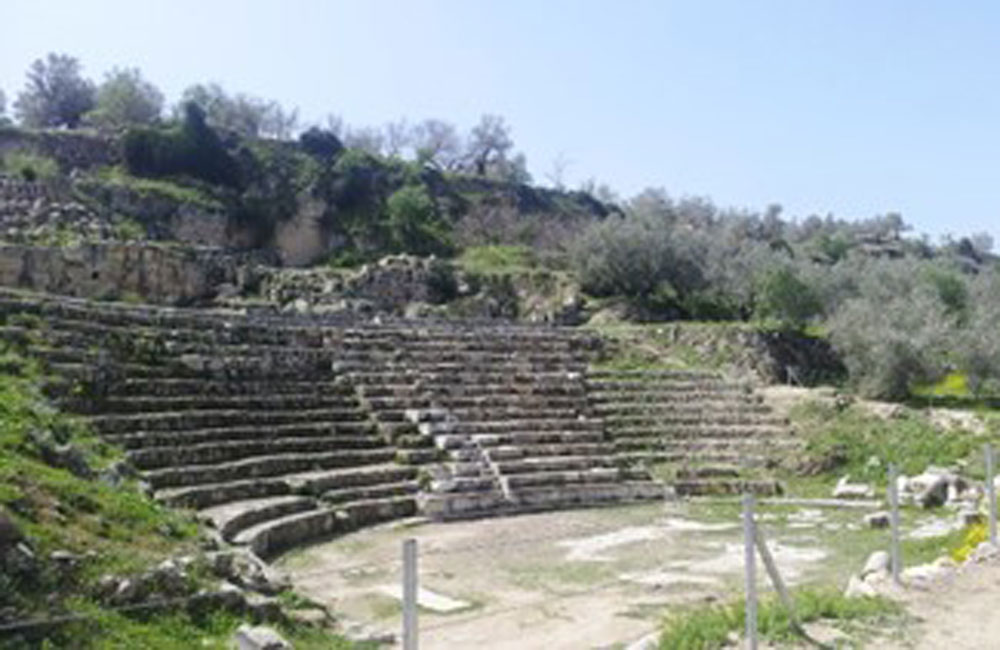
Cemetery of the Kings Church of the Beheading of St. John
